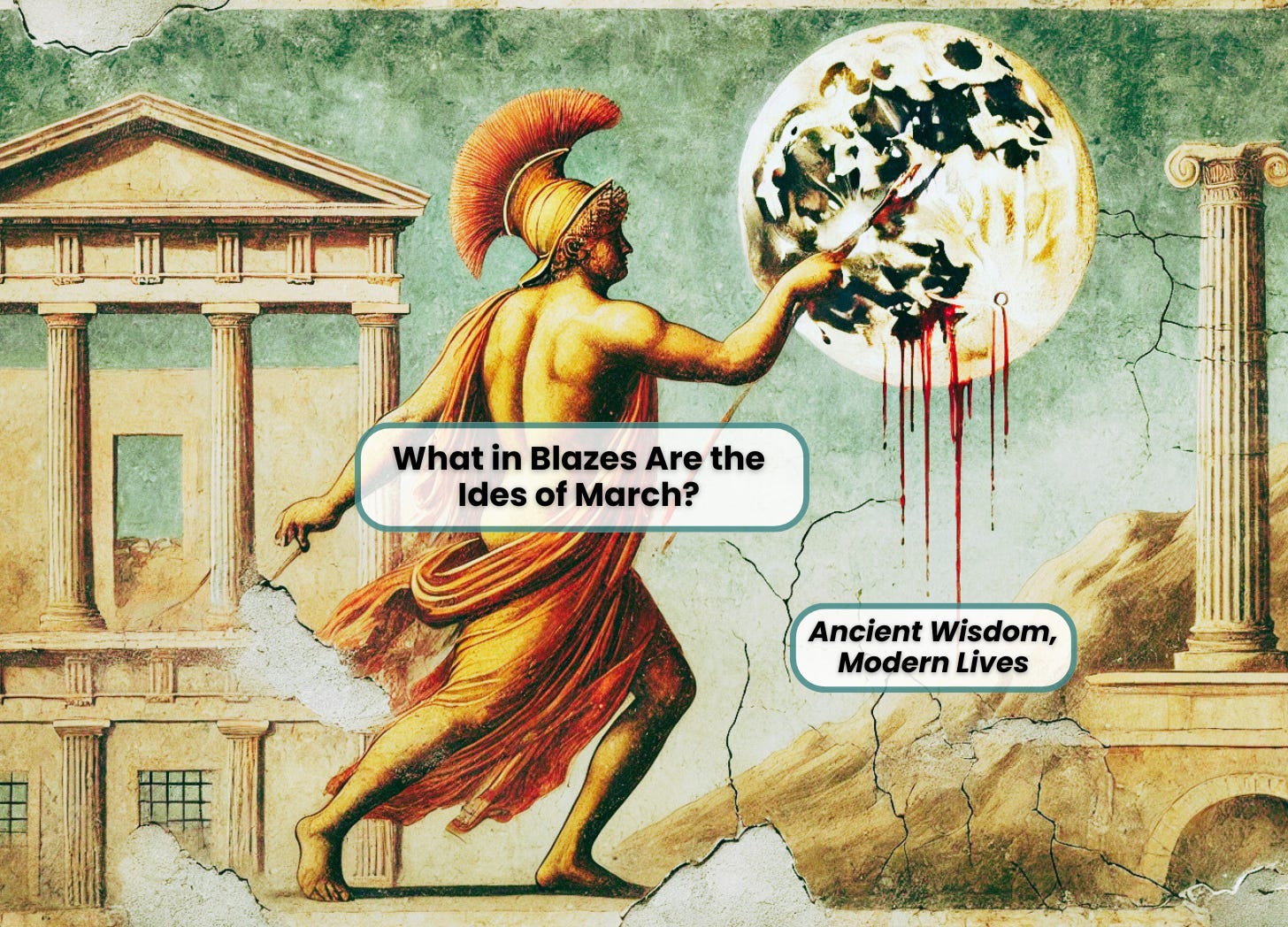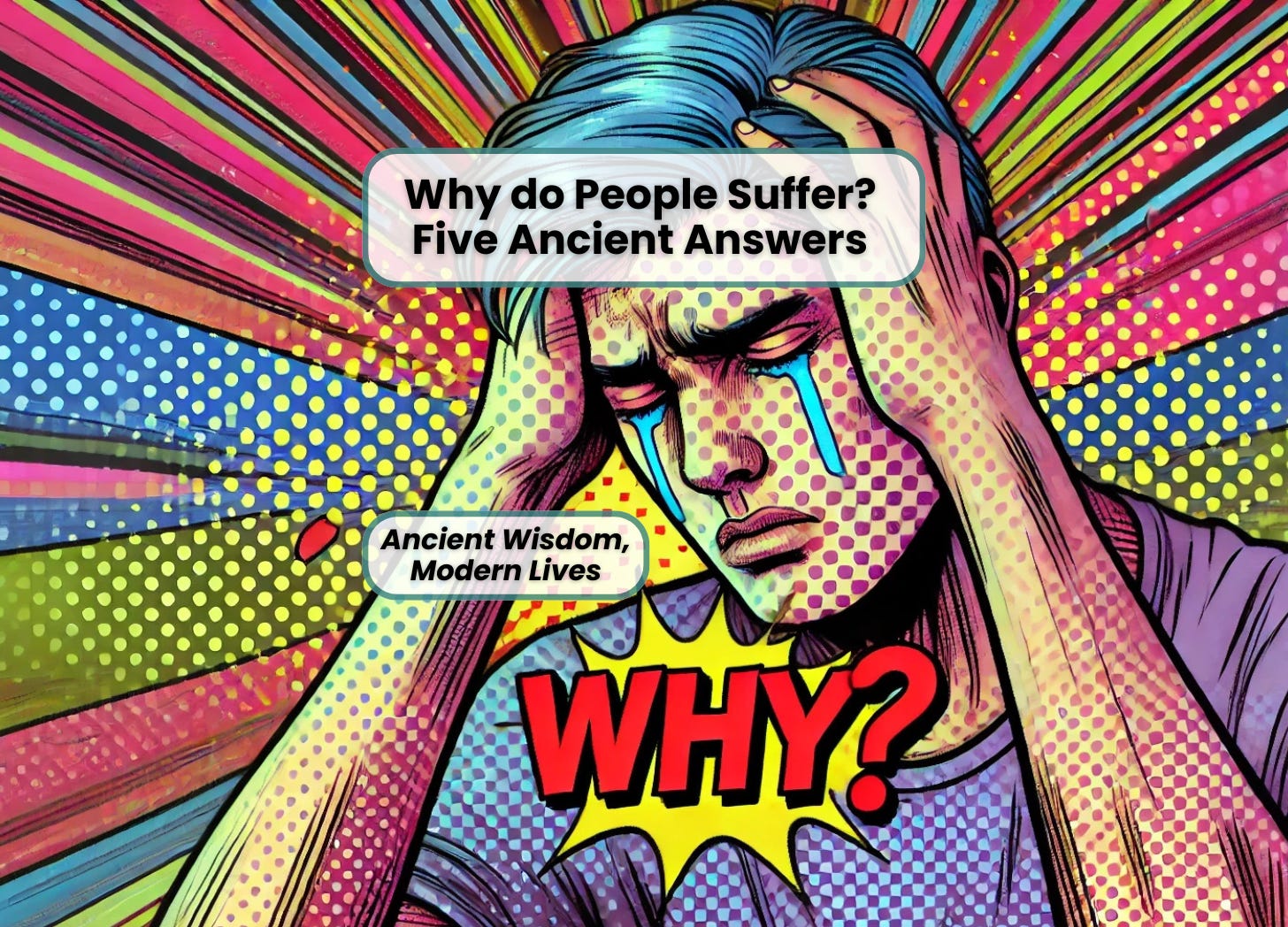The Mighty Merism
Doug Chaplin has a post about to alpha kai to o[mega], “the alpha and the omega.” This poetic device is technically called a merism — though Doug, being wiser than I, avoids putting “merism” in the title of his post, presumably not wanting to scare readers away before they start reading.
(“Young and old” is an example of a merism in English. The phrase means young, old, and everyone in between.)
The various translations of the merism to alpha kai to omega demonstrate some of the trade-offs of translation.
It seems to me that the elements of the original Greek perhaps worth preserving in translation are: (1) the merism; (2) the alphabetic nature of the imagery; (3) the ease of understanding; and (4) the actual letters alpha and omega.
I was surprised by the Latin Vulgate: A et W principium et finis. It starts with “A and W,” which is like saying in English “from A to O.” “W” — I didn’t even know it was part of the Latin alphabet — is certainly not the last letter of the Latin alphabet. This is probably why the translators had to add “beginning and end” by way of clarification. So they preserved (1) with their addition, (2) by using letters, (3) by the combination, and came pretty close to (4). It therefore seems like a good translation, but I don’t like it.
The KJV and others follow the Vulgate’s text (adding “the beginning and the ending”), but citing the Greek letters alpha and omega instead of transliterating them, missing the mark on (3) a little but coming closer to (4).
I no longer actively write this blog, but you can find me at Ancient Wisdom, Modern Lives
Subscribe Now I'd love to see you there!The Message goes for “A to Z,” slightly missing (1), because the merism would be “A and Z,” not “A to Z.” (But then again, “A and Z” isn’t an expression in English. Was the Greek phrase common?) The Message captures (2) and (3), but completely misses (4).
TEV translates, “the first and the last,” missing (2) and therefore also (4), which, of the criteria, do seem to be the least important.
The rest of the translations tend toward “Alpha and Omega,” which surely misses (3), and requires a bit of education to accomplish (2) and even more to capture (1).
Does anyone have information about translations into languages that don’t have alphabets?






One Response
Kouya had an alphabet: developing the alphabet was part of the translation process. However, we chose to say the beginning and the end, rather than make allusion to the writing system in what was primarily an oral society.